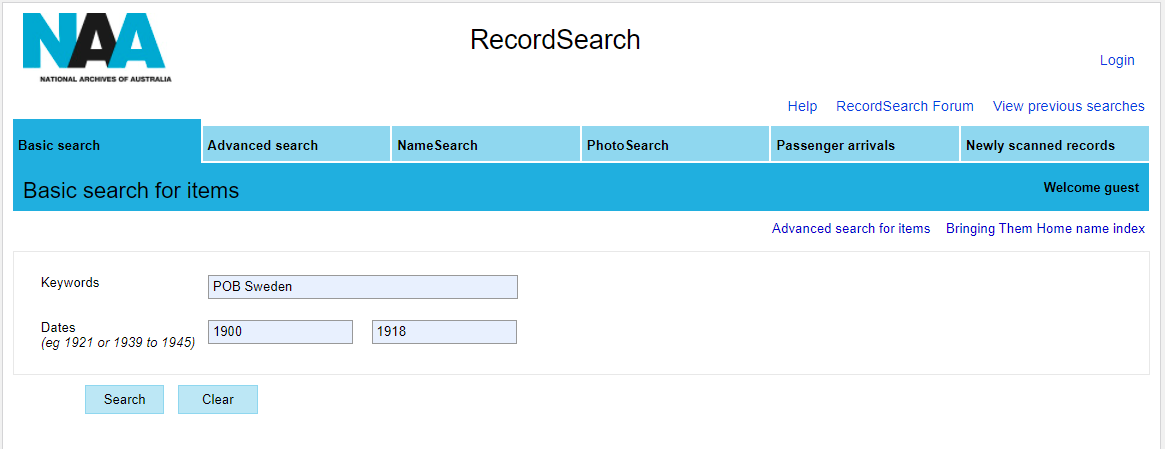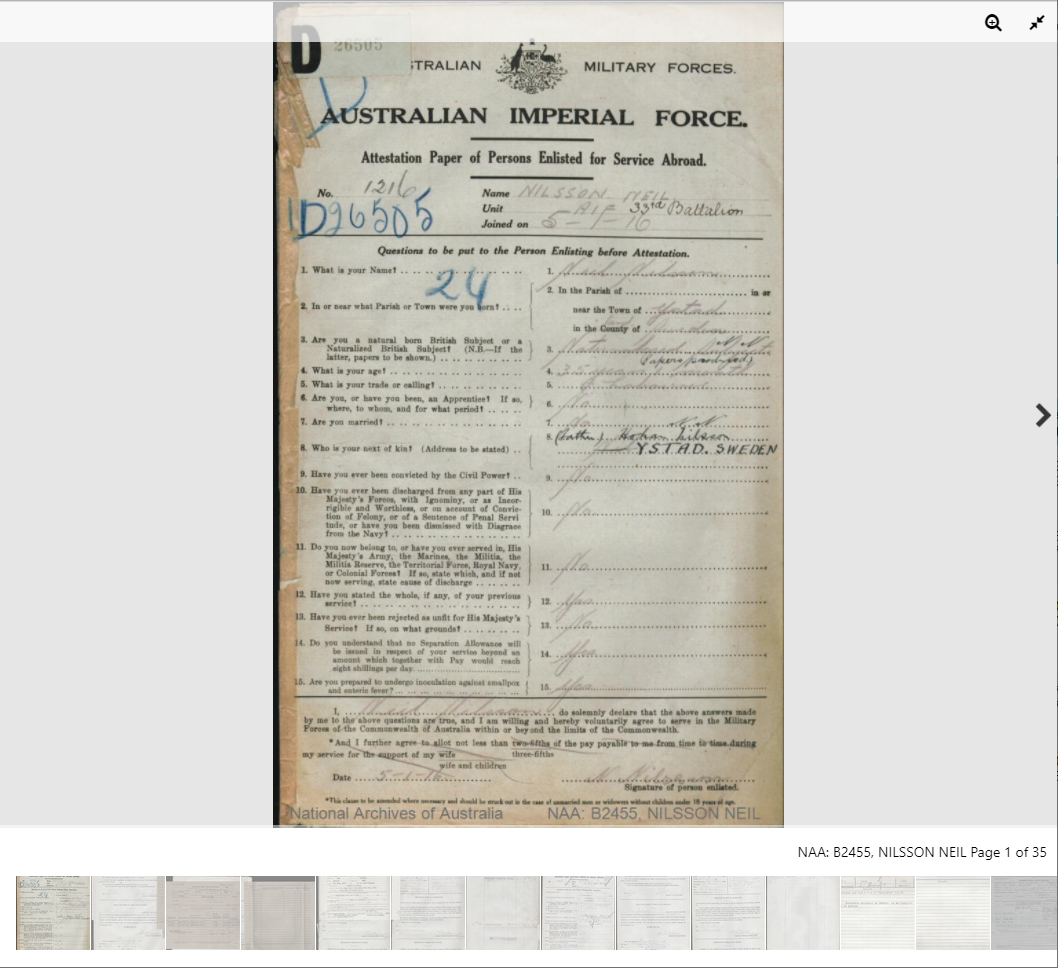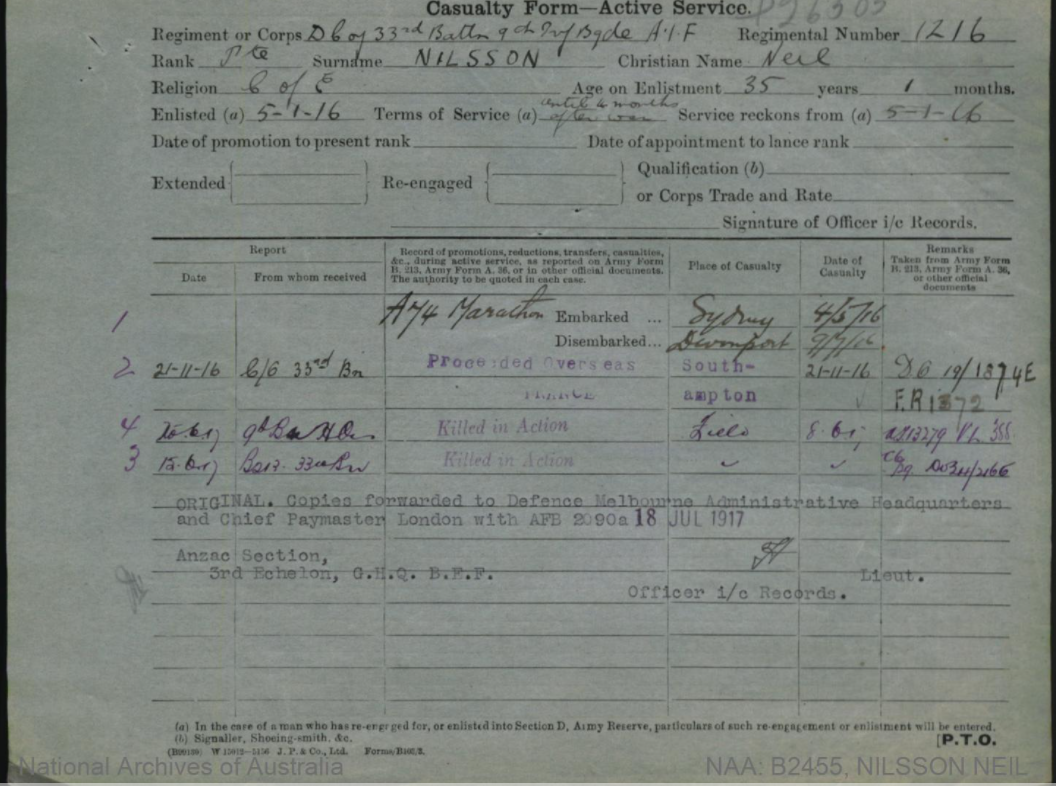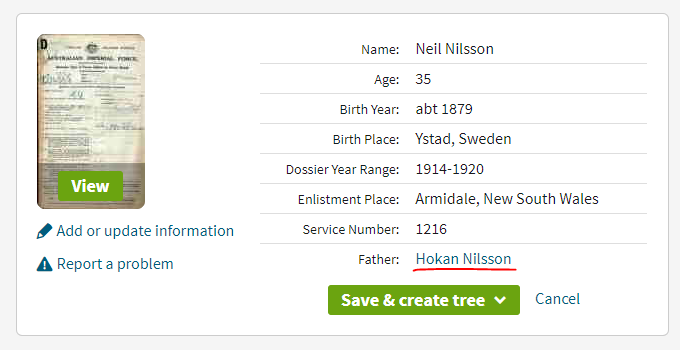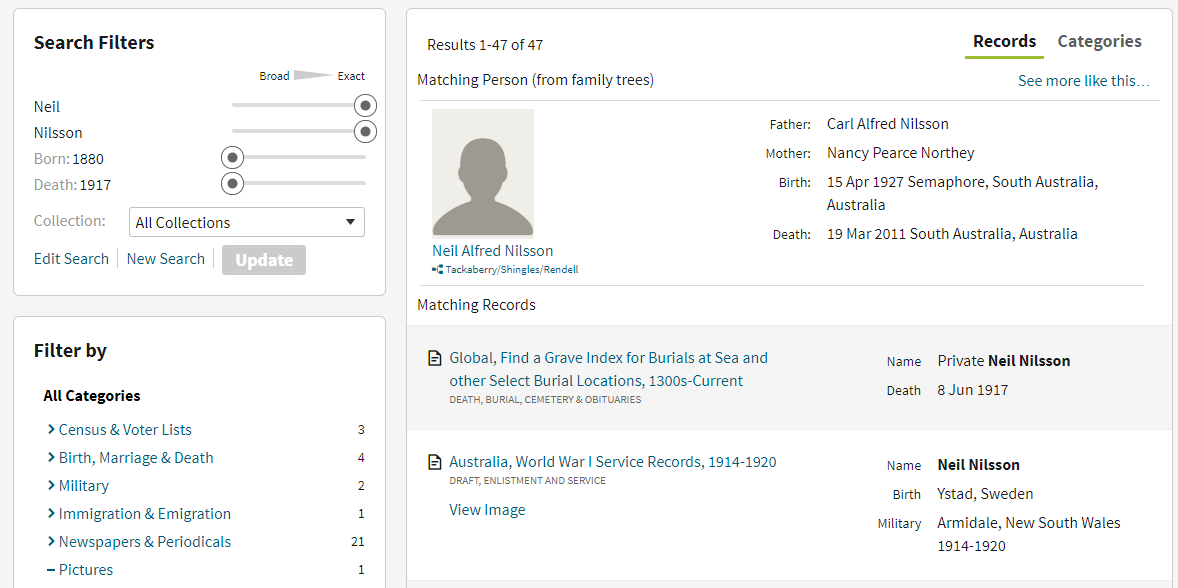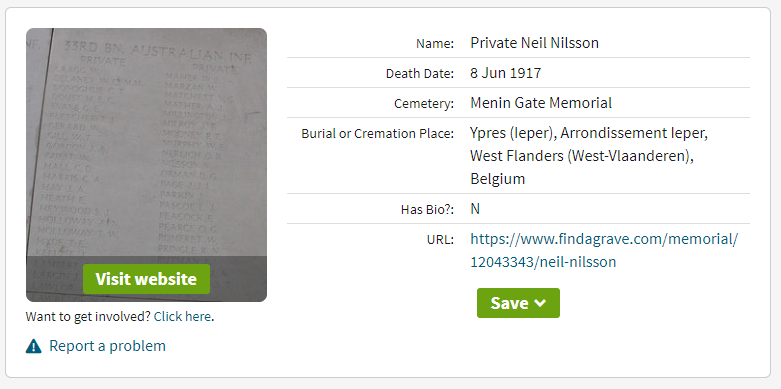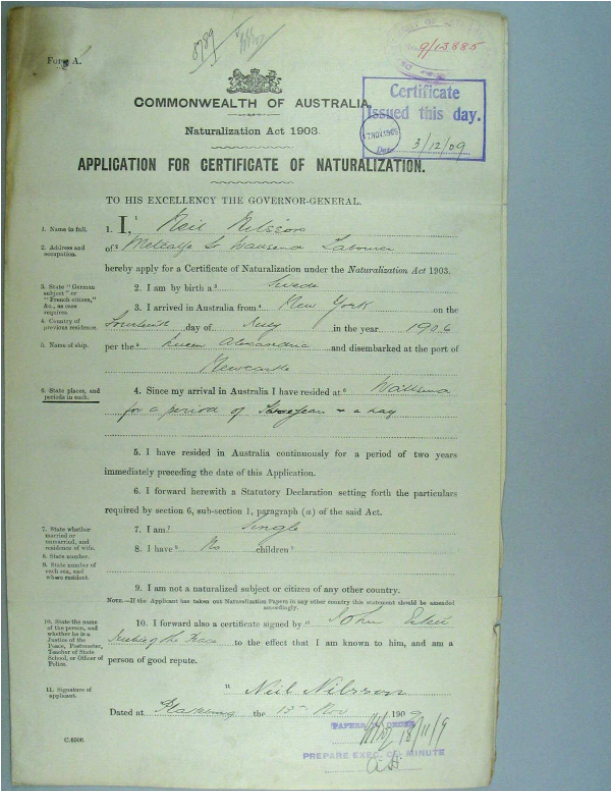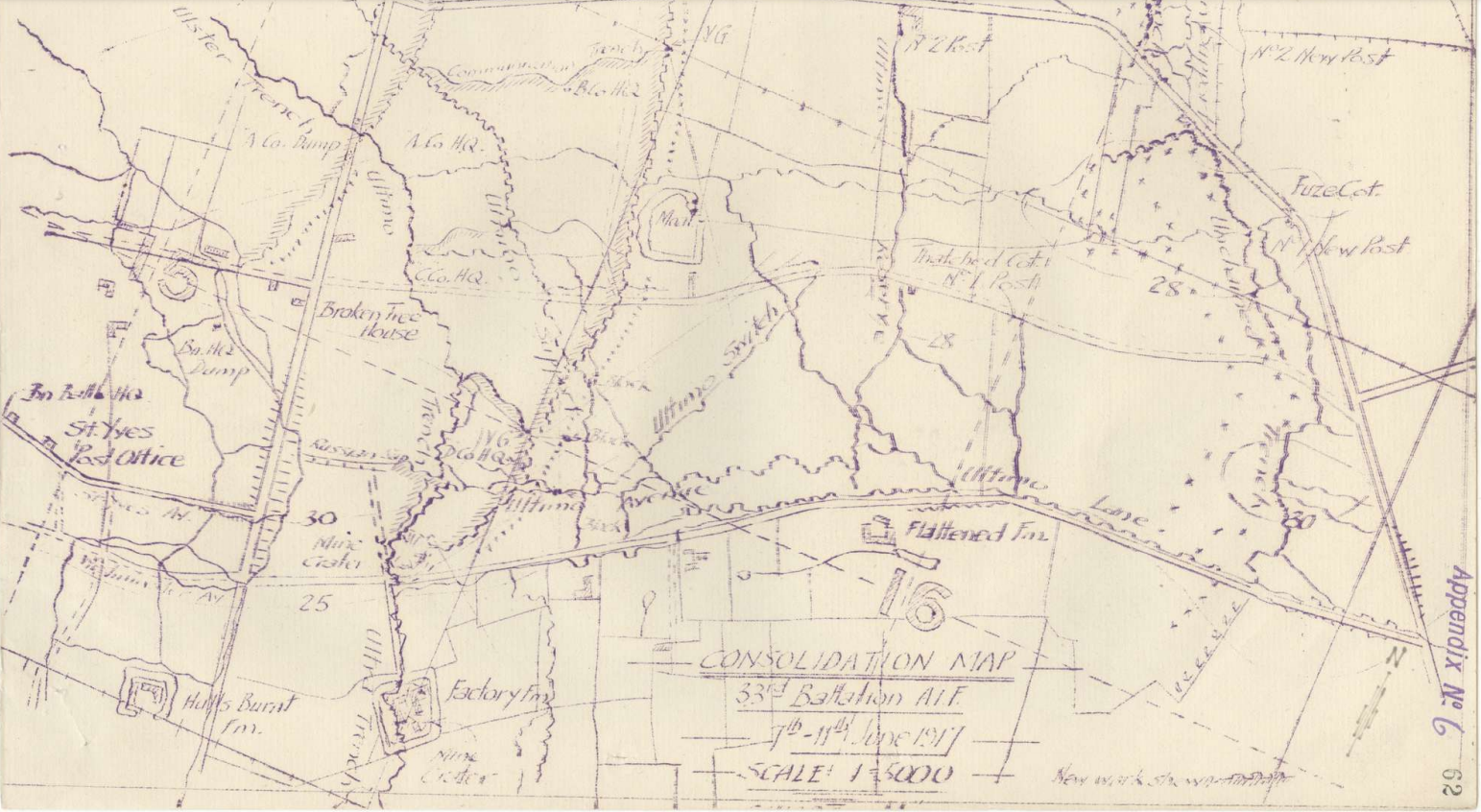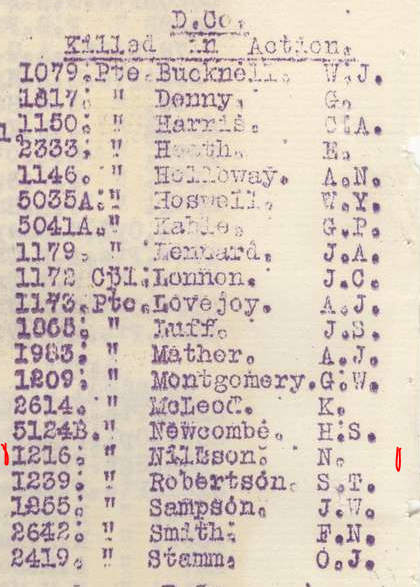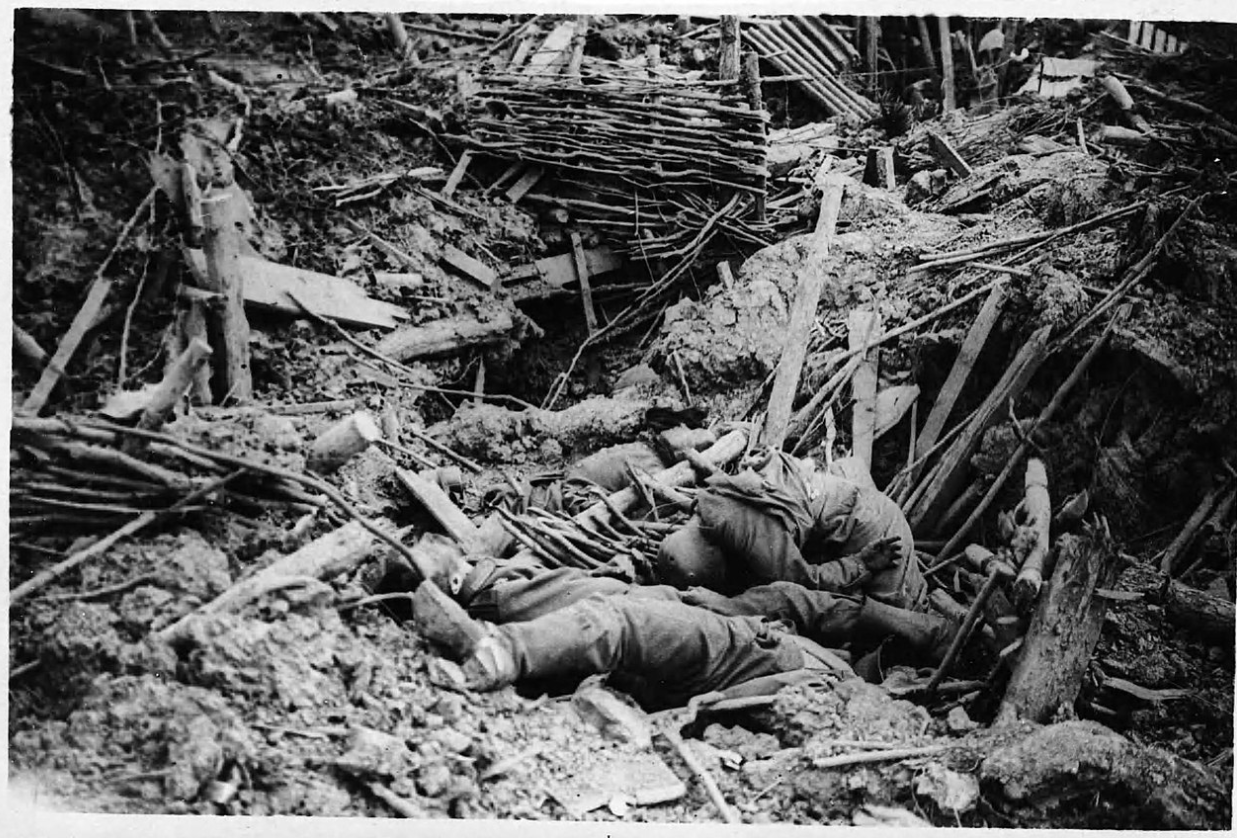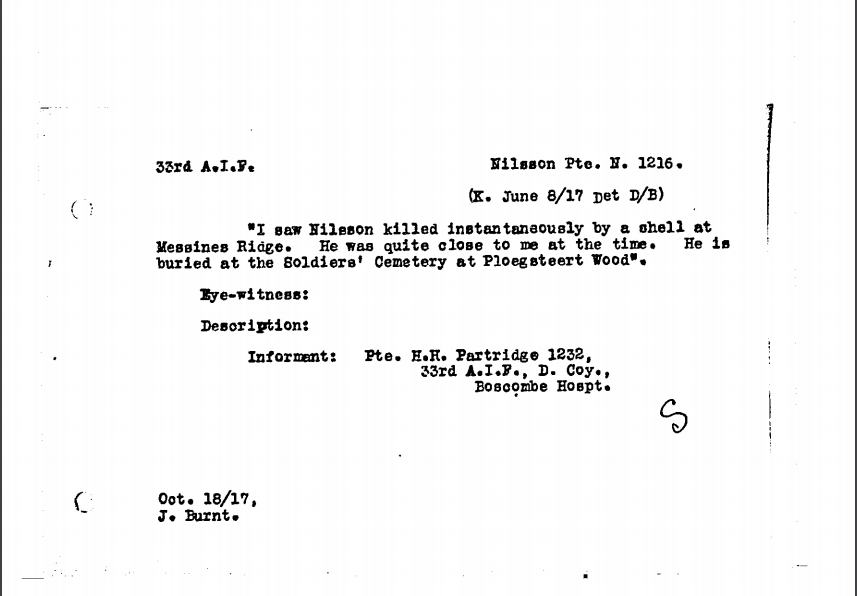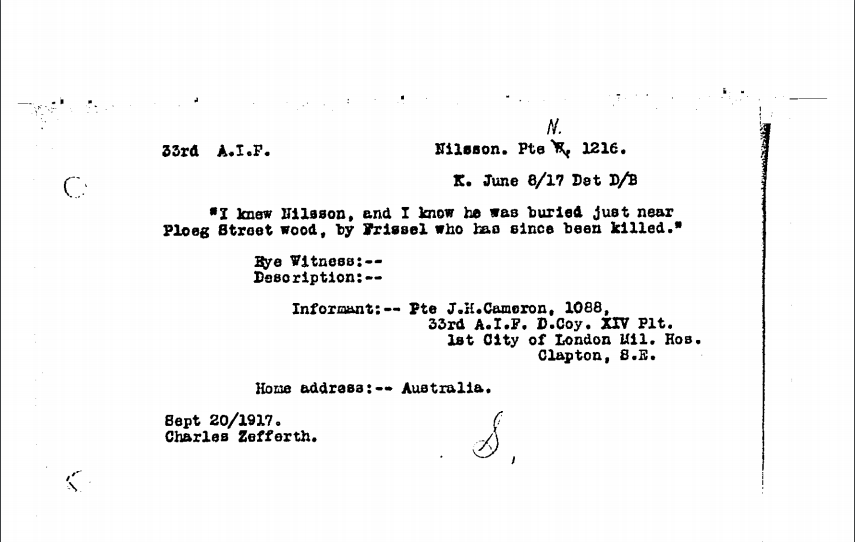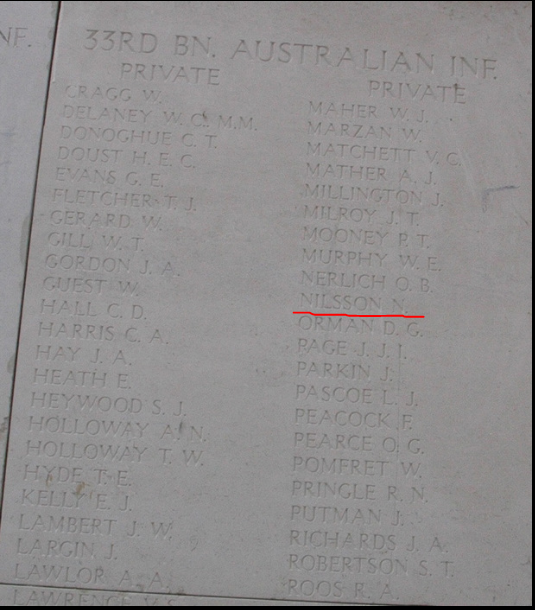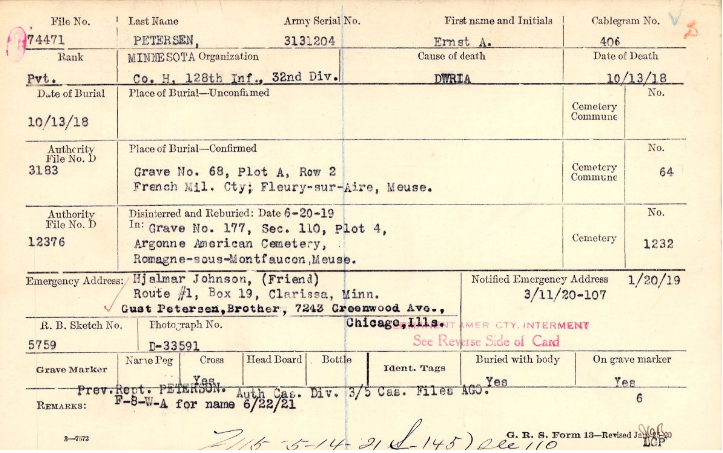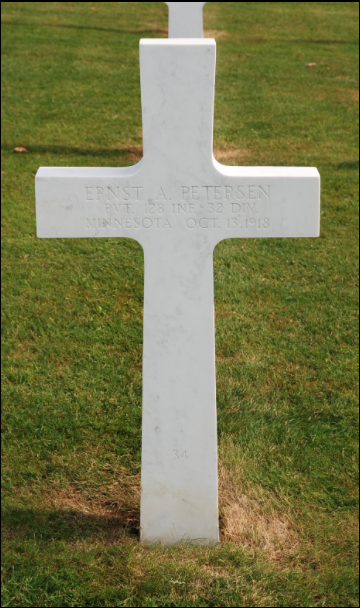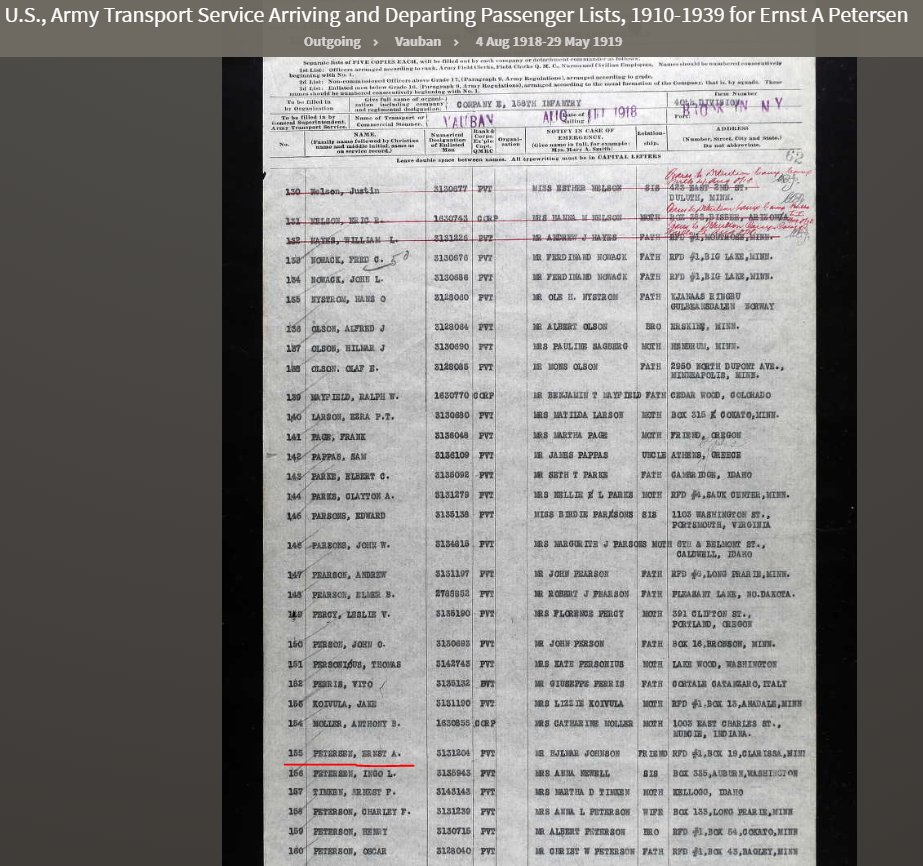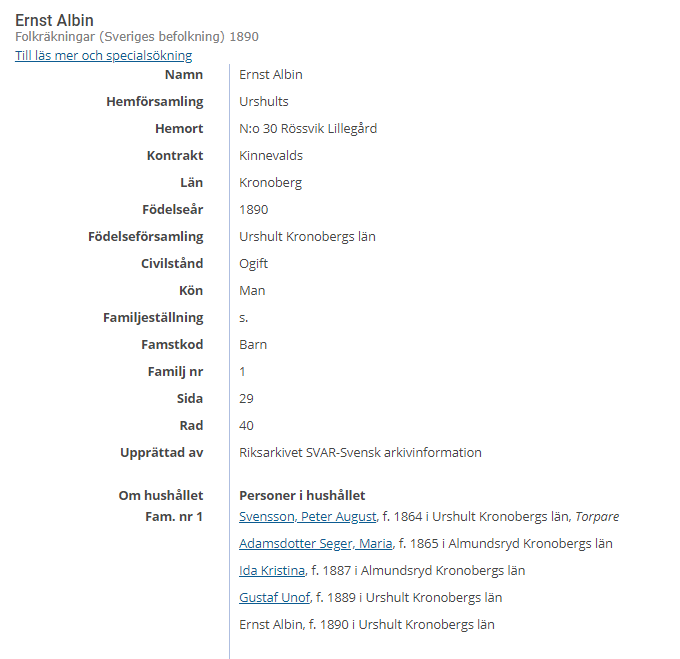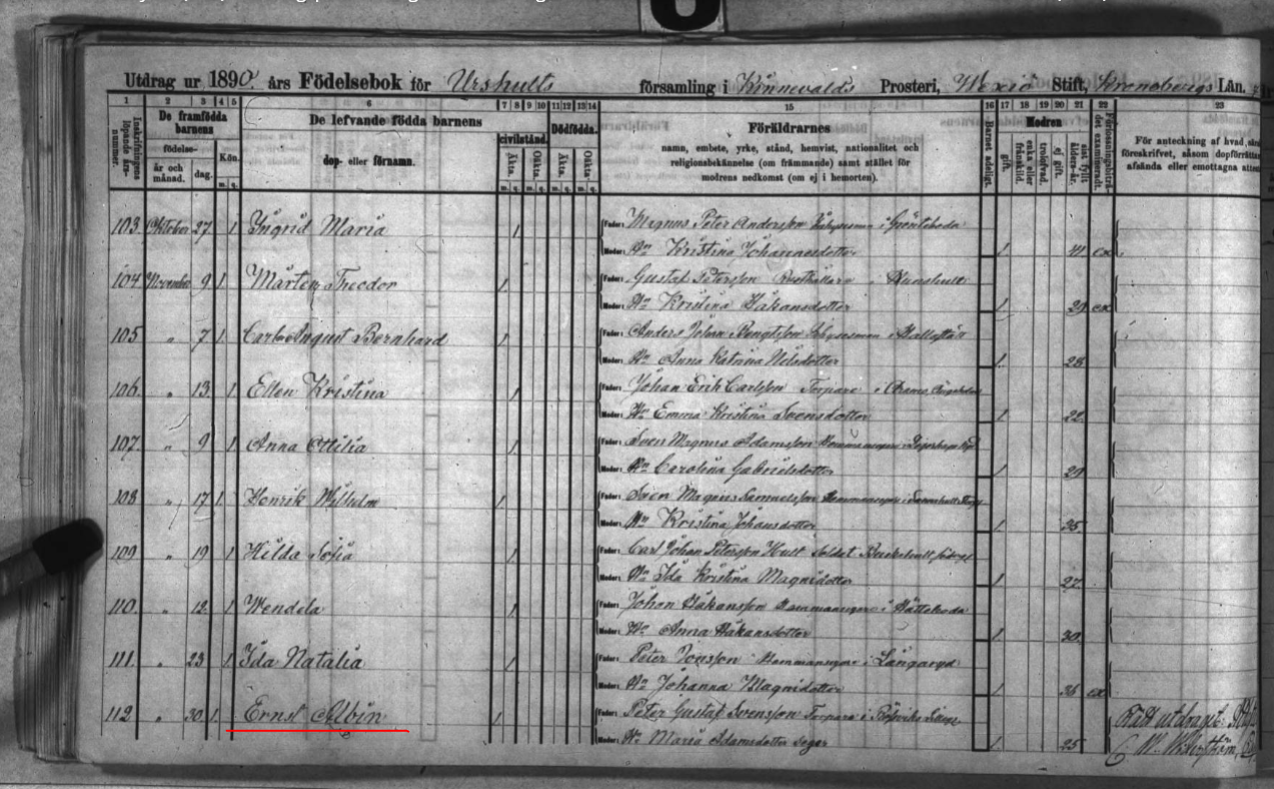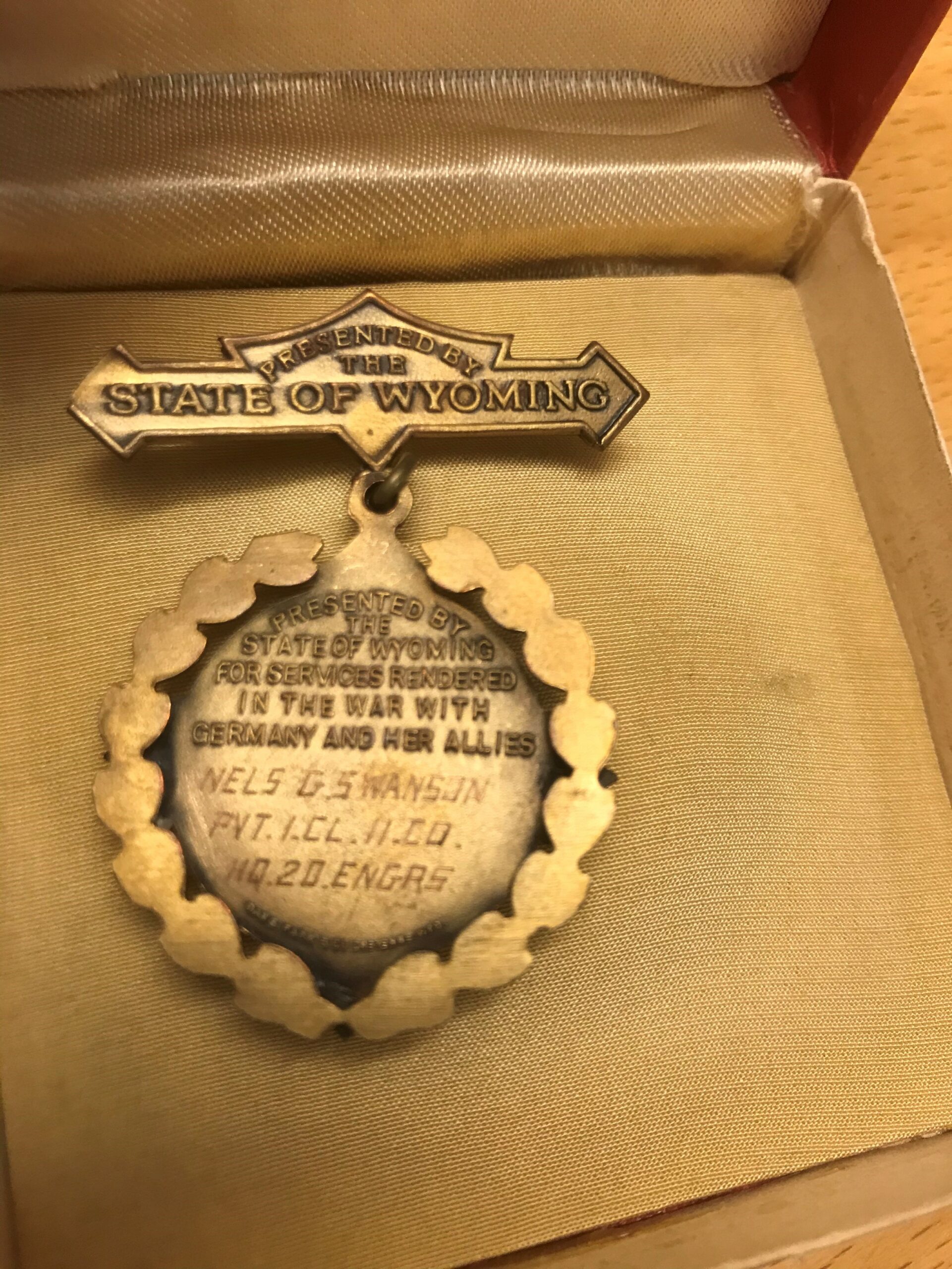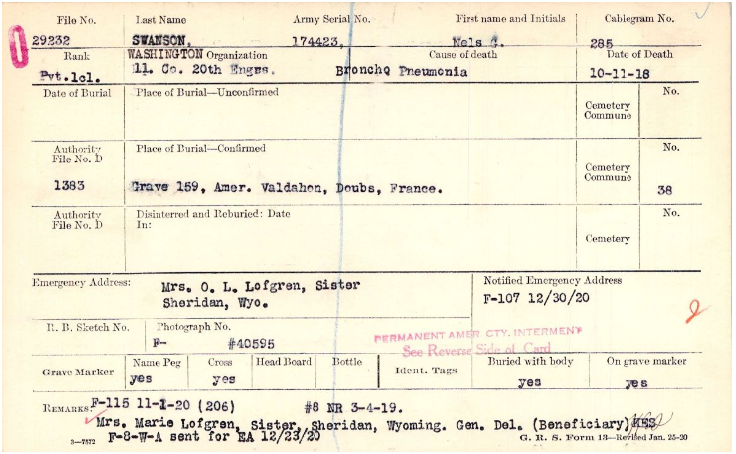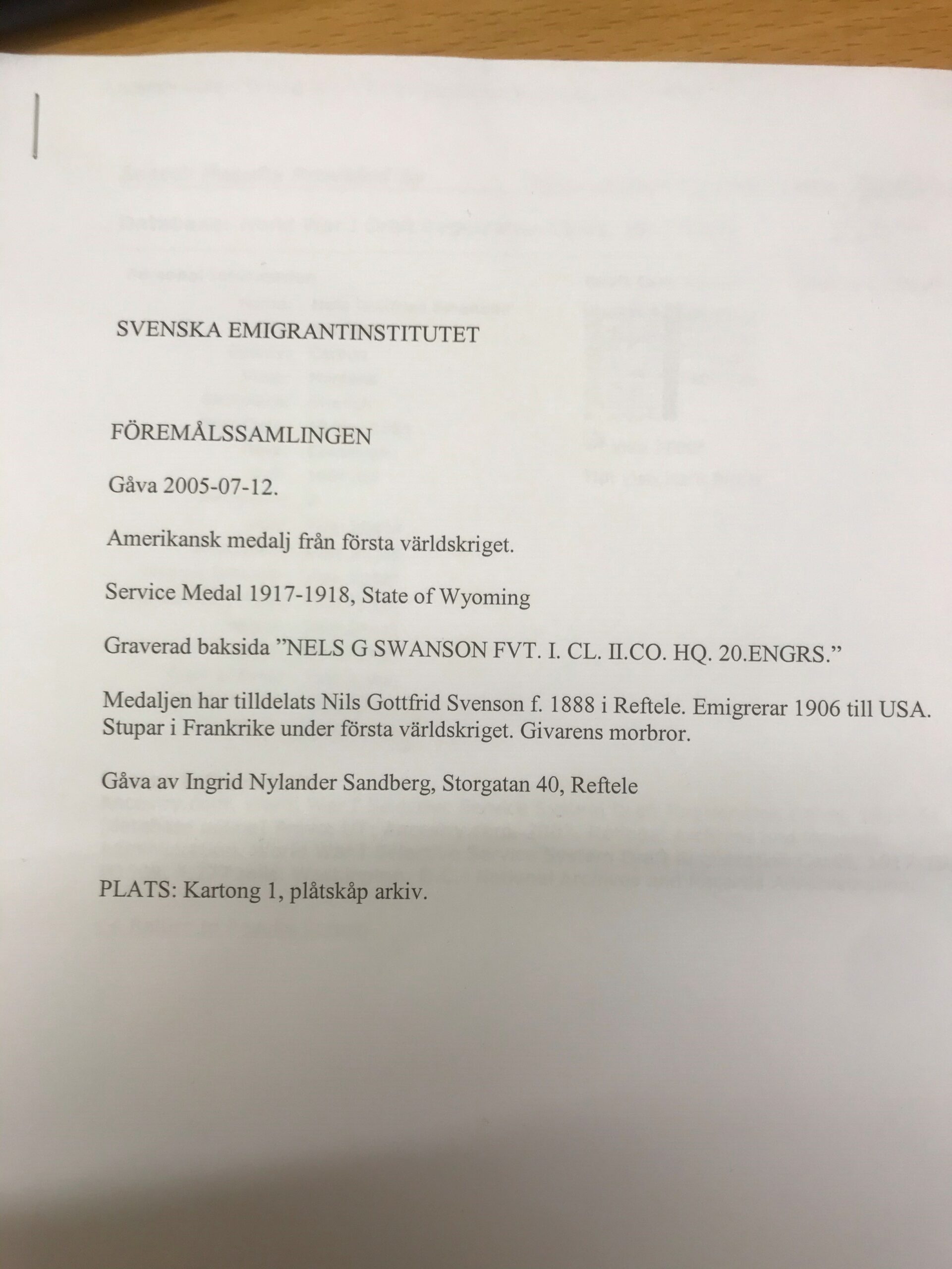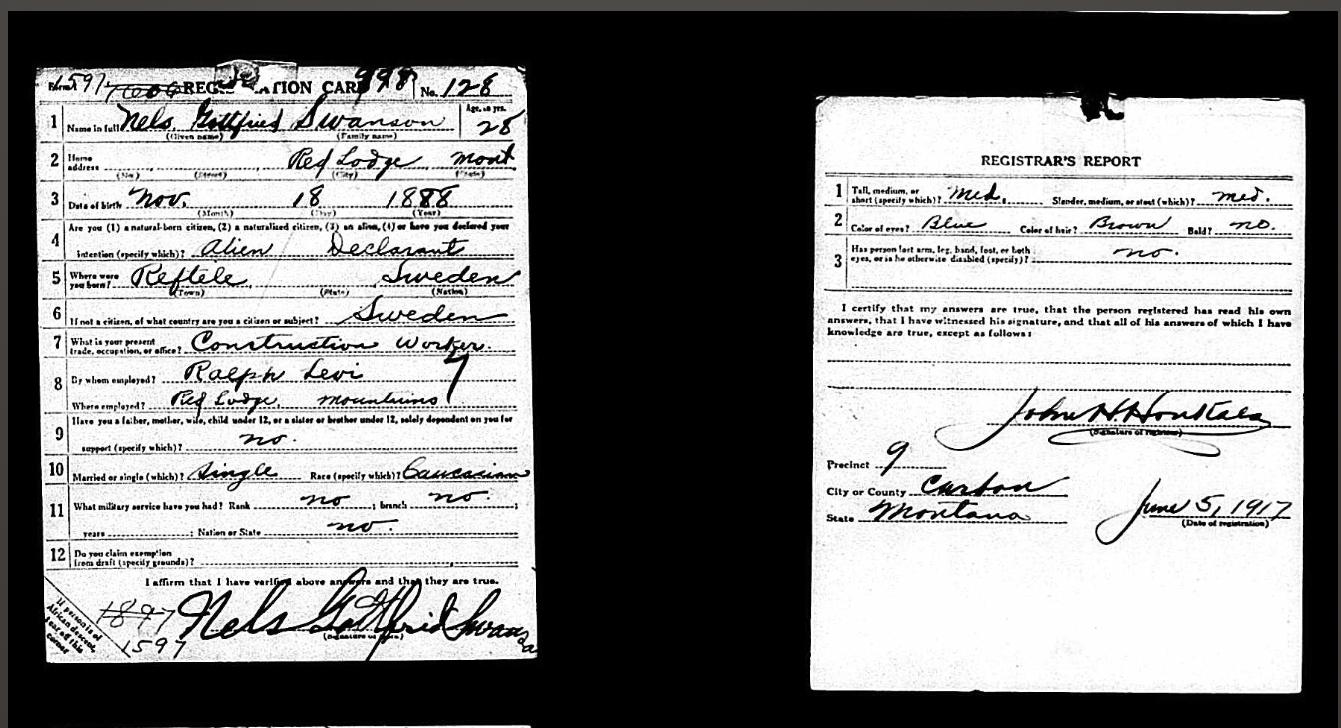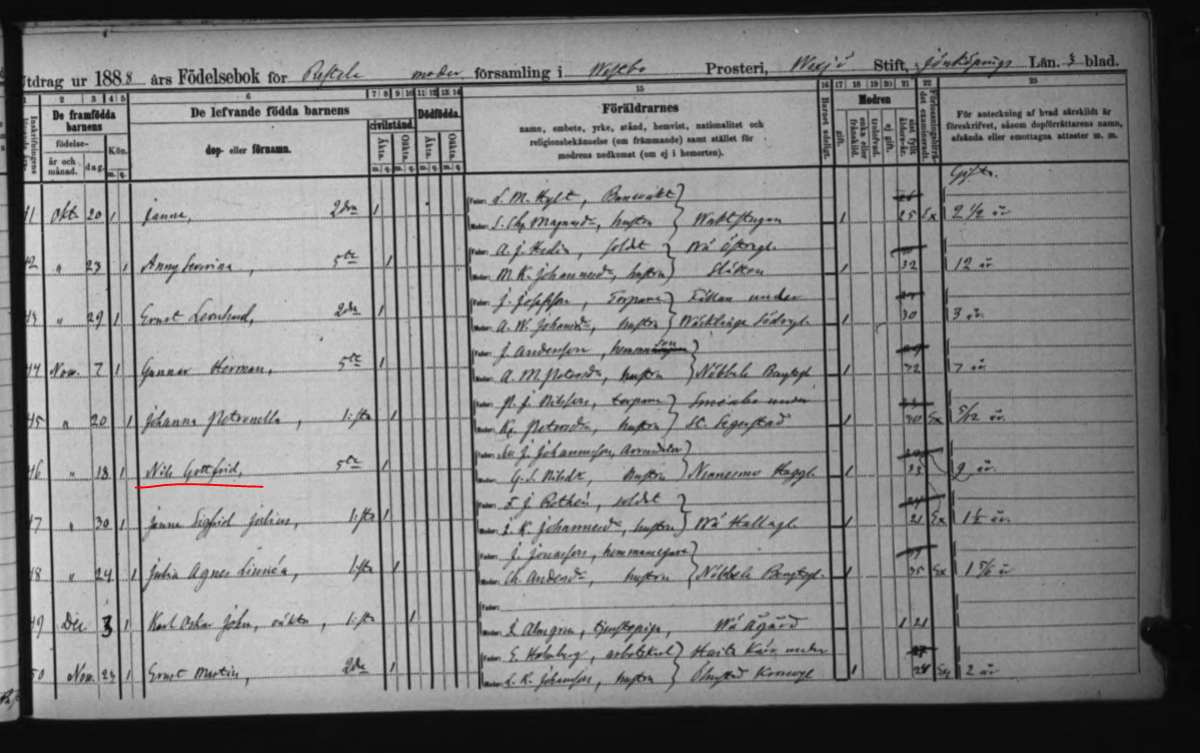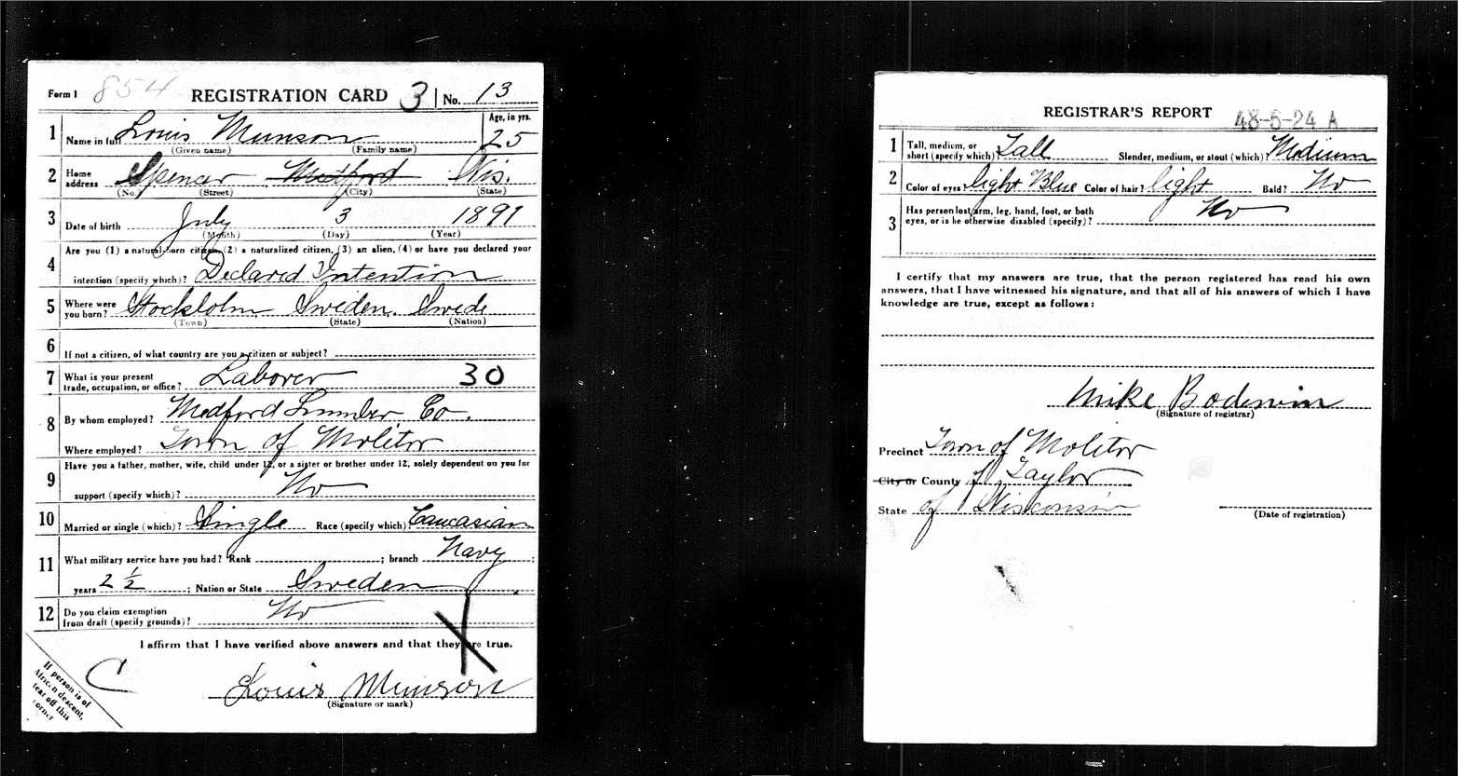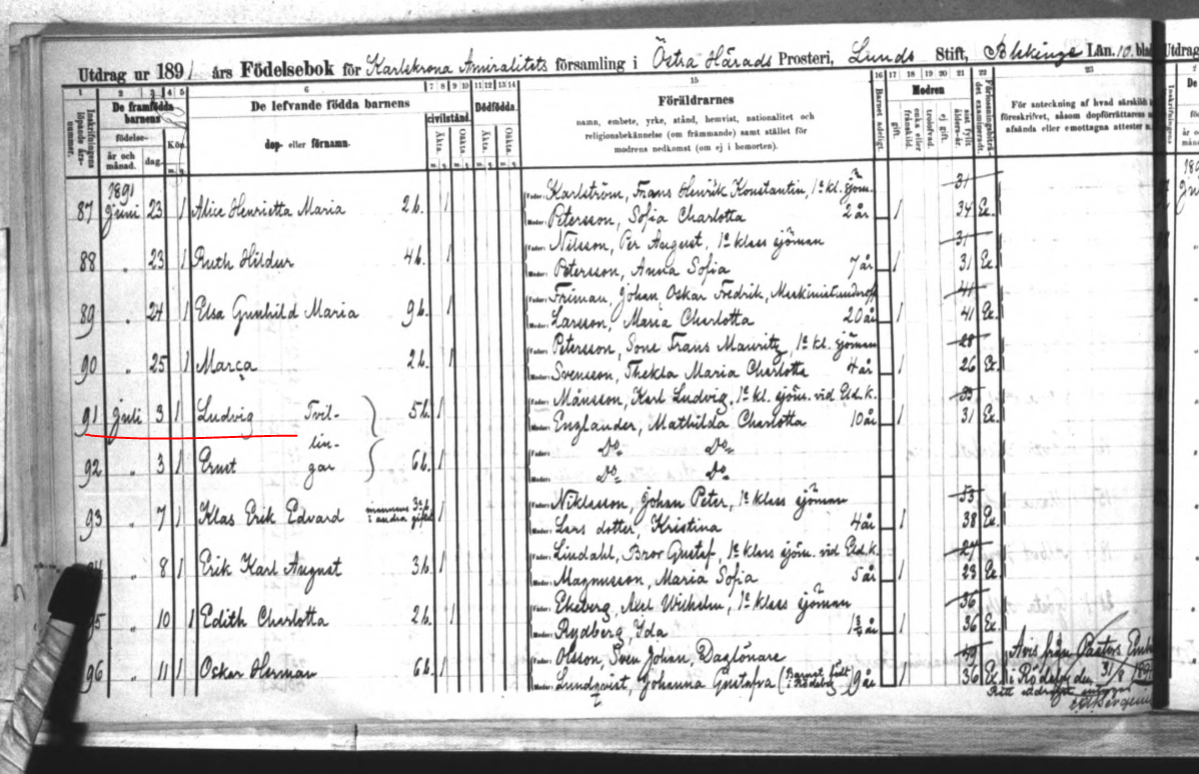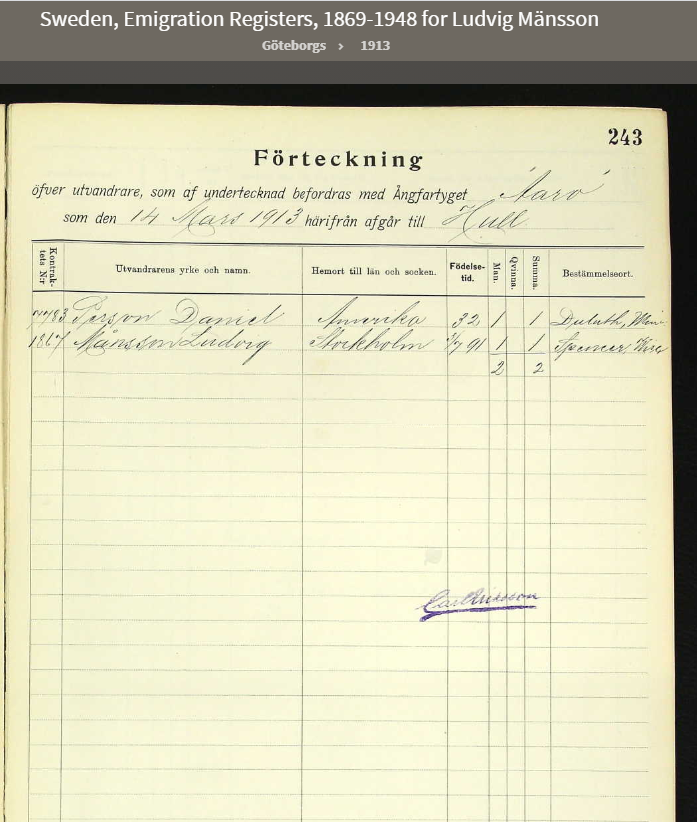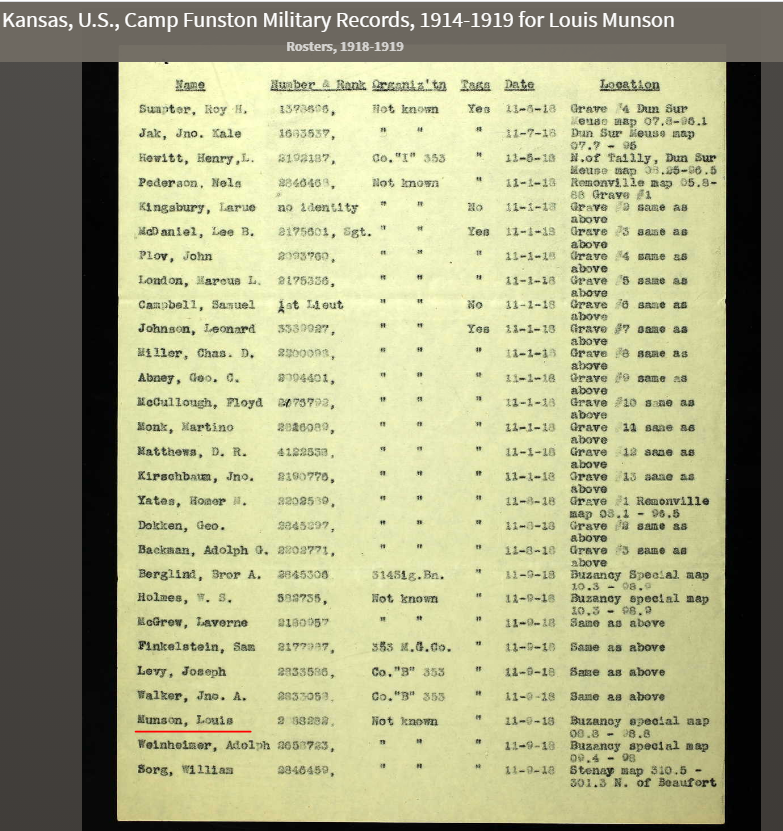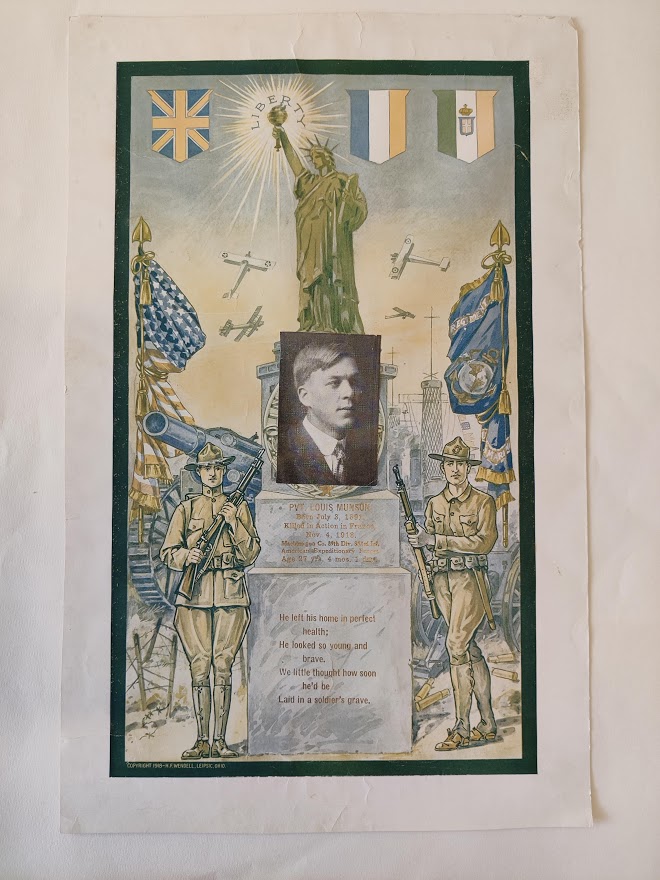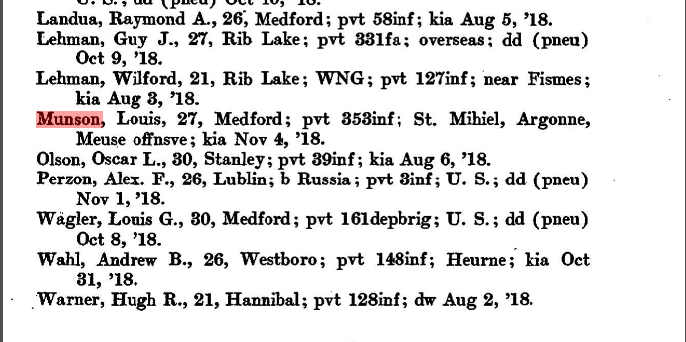I went back to the Australian archives to search for some more Swedes who fought for the Australian Imperial Forces at the Western Front in The Great War.
Here I will give you some information about one of those individuals, but also bring some light into the different paths I walk when trying to find and confirm the information.
When I search for for information in different archives I try to put in different search strings, and the most common I use at this link below at National Australian Archive (NAA) is “Sweden” or “POB Sweden” (Place of Birth), as I have learned from the texts that is presented in the search results.
Some of the results leading me to individuals who were registrated to AIF, but I also get other information connected to Sweden, not all leads to soldiers. Sometimes the other information can be interesting to though.
When finding an individual there is the amount of information who takes me further. Like in this example. I found the Individual Neil Nilsson, and the first page gives me som leads that this in an individual from Sweden. Place of birth and Next of Kin (NOK) can be good info to go further on with. In this picture below you can find some underlined text. One odd thing is that in these papers they only ask for age, not Date of Birth (DOB)
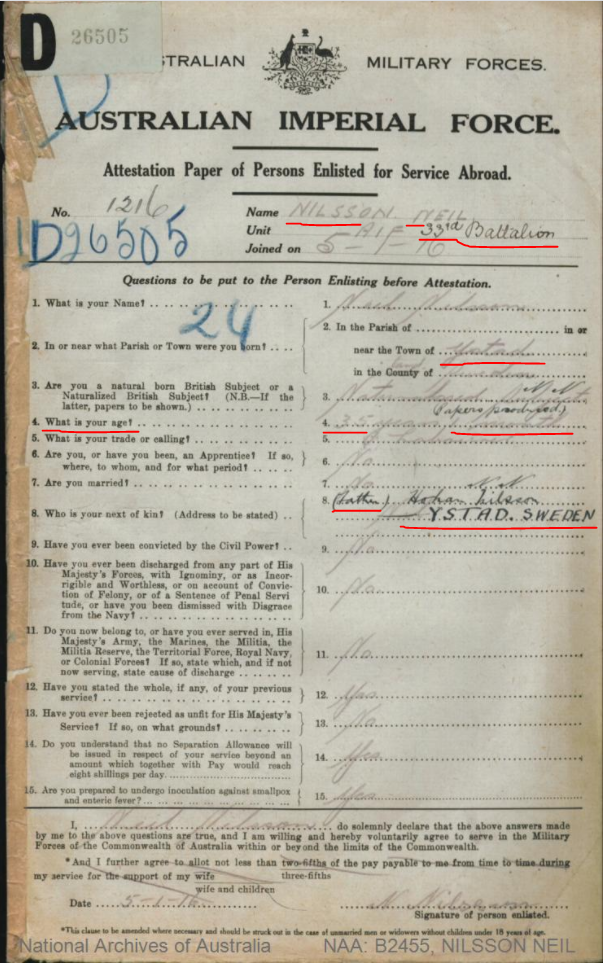
From this page I take with me:
- Nilsson, Neil, (probably Nils, I will check this later)
- 33rd battalion. This is his first unit, but they can also switch during their time in the Army and on the field)
- Age 35 and 1 month, compared to the date they are registered above, then I get a clue of DOB. He became 35 in November or December in 1915, that could then mean born in 1880? In this case it did. But many times they just guess or dont know exactly, depending on when they emigrated.
- Ystad. He lived there or was born there, but that can mean everything around Ystad, but works as a starting clue.
- Father. Hohan? Johan? or Håkan? It turned out to be Håkan.
Before I take the above info with me for further search in other archives, I use to check the additional info, which is a lot. In This case I check if he fought on the Western Front in WW1 and if he survived or if he was killed. In this case he fought on the Western Front and fell near Ypres in Belgium. But how do I know that? We have to take the info we find further into other sources. Below some of the info that I get from the case of Neil. Luckily the info written with pencils are often later typed as well, or it can be hard to read sometimes. My skills are increasing for every time.
But first we have to check and connect Neil Nilsson to Sweden and Ystad, and also in a way try to see if 1880 is a correct conclusion. I use a service that I pay for in this case, the archives at Ancestry. Here it is very important not to “take corners” and assume that his name is Nils, we have to use the name he has stated, to find info connected to this. Below some results from Ancestry that takes me further.
We know the name Neil Nilsson and that he died June 8th, 1917 according to the papers above, and I also try to type in 1880, just to see what happens. I get the same info from Ancestry as I already know, and it also shows the name of the father is Hokan, and here in Sweden it is Håkan, and it also shows that he is commemorated at Menin Gate memorial, which gives that he has no known grave. I have to search more in other archives, to try to find his DOB and I am lucky! I use the same search engine, the NAA, and gets the Naturilazation papers which gives me his DOB. Perfect. That makes my search more narrow.
Adding November 5th 1880 to my facts, and goes to my other source, Arkiv Digital, a quite expensive archive service, but gives me almost everything I want to know so right now it is worth it. In this Swedish archive I search for Nils, not with Nilsson, for the reason that the kids are stated in the books with just their names, not surnames, which comes later. We also know November 5, 1880 and Ystad.
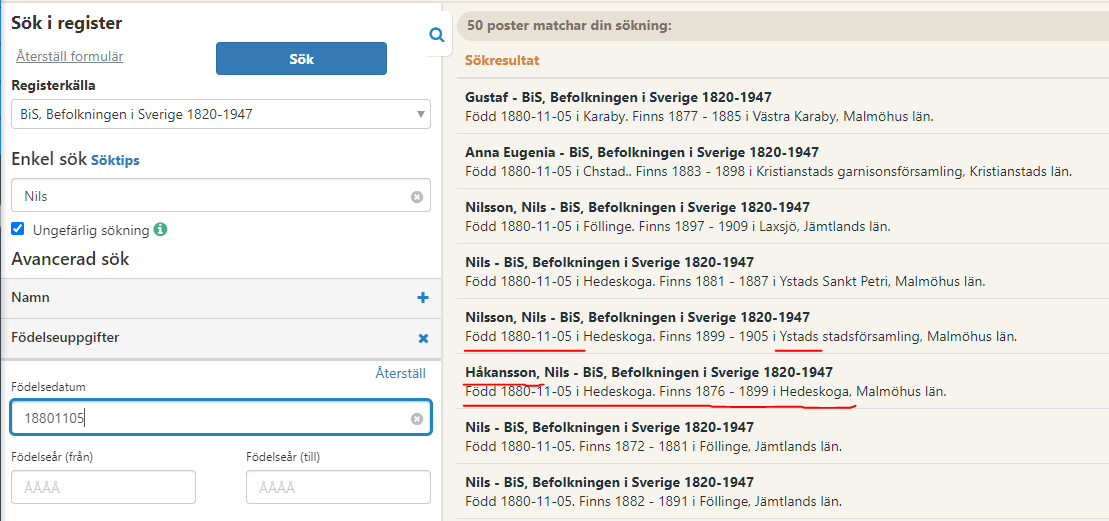
I get a few leads. I know that his father is named Håkan, and in Sweden kids sometimes gets their surnames from their father, so this is a lead. I also get Hedeskoga, the Perish where he is born. I use Hedeskoga in a new search in the same archive.
That gives me a lot more to look through. And in the results I find what I am looking for. This is the right person. It is hard to see in the picture, but the text states that papers from some officer in the British Army gives information about Nils death. In the margin the date of his death is stated. June 8th, 1917.
I also see that they have written his full name, Håkansson, Nils Nilsson. I decide to try to put that into Ancestry again, and here I find more information about his death, even if they here writes that he was killed in France, not Belgium. I can see the word “Messines” in the notes and we will check further into that.
Where were Nils unit when he was killed in June 8th 1917? We will look for the diary in some Australian archives. The archive I use for that is Australian Imperial Force Unit War Diaries. It turns out that his unit, 33rd battalion took part in the large offensive, the battle of Messines Ridge, which was at that time a success for the British Expeditionary Forces, in the attempt to flatten out a kind of a bulge in the front just south of Ypres, Belgium. The diary states that Nillson was killed in action in the battle, we find his name in one page in the 144 pages long diary. (Yes, I looked through all the pages) The 33rd Infantry battalion most likely fought within Second ANZAC Corps in the southern part.
If you want to find out more about The Battle of Messines Ridge, you can start at Wikipedia. You will find a lot of information.
We know that Nils today are commemorated at the large WW1 memorial in Ypres, Menin Gate Memorial, for the reason that he has no known grave, but can we find out more what happened to him? Yes we can. We will take a look in one other Australian Archive, Australian Red Cross Wounded amd Missing Files. From erlier we know his name and regimental number. I use his regimental number 1216 in the search for more info, and I get a hit. The name is correct, Neil Nilsson, number 1216.
It turns out that this archive contains more information about where he was buried right after where he fell. Probably that place is since long gone, due to that the war continued, but who knows? Maybe he one day he will turn up in any excursion, at the place he was buried. Below you can see some statements from his comrades.
I will continue to search for those Swedes who fought at the Western Front, and it is very exiting to follow the destiny of those Swedish born individuals that in the end gave their lives in the fightings in The Great War. May they rest in peace.

